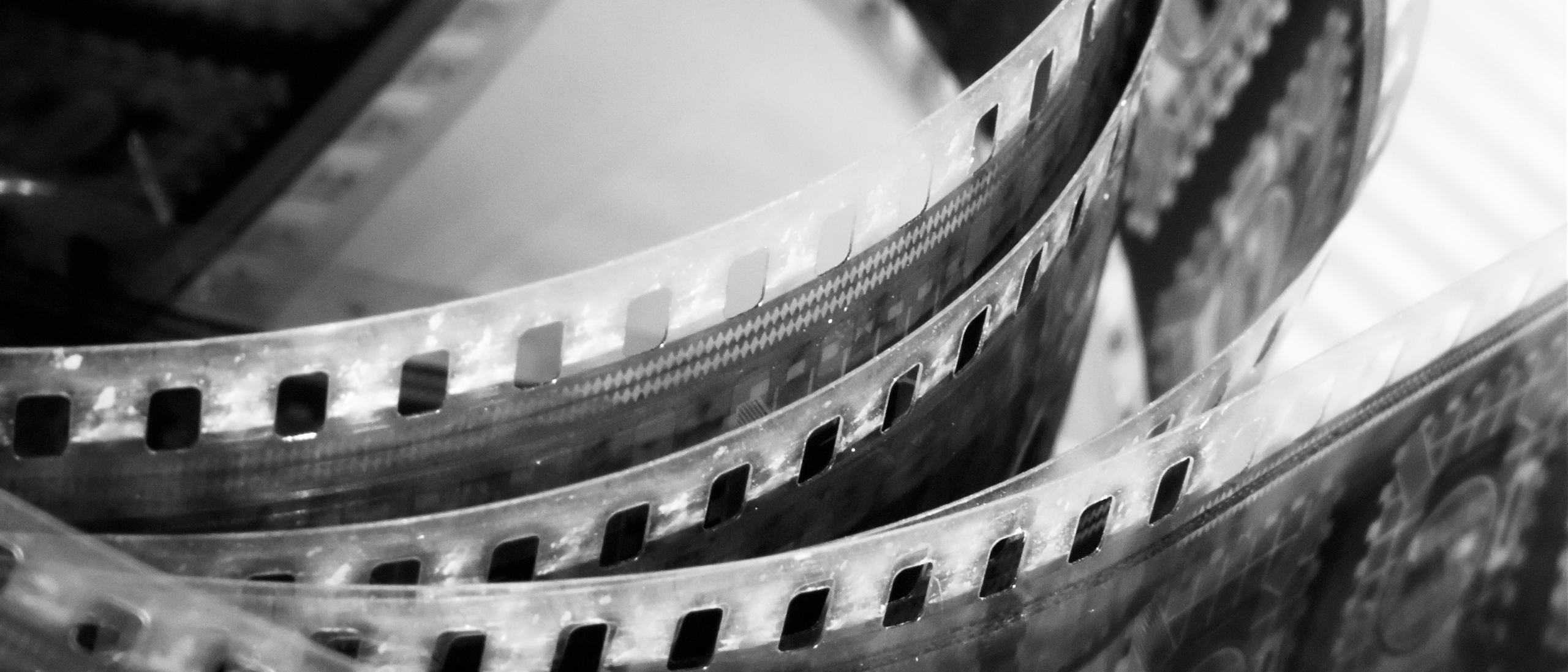Film refers to a chemical process which is used for analogue recording, copying, playback, broadcasting and display of moving visual and audio media on a material called celluloid.
Celluloid is a transparent, flammable plastic made in sheets from camphor and nitrocellulose. It was used for making cinematographic films.


The first celluloid film was a size 16 mm. The small negative size meant that films often appeared grainy. The arrival of a larger 35 mm negative brought improved quality.
Video:
Video is an electronic medium used for analogue recording, copying, playback, broadcasting and display of visual and audio media on magnetic tape using an analogue video signal.
Digital video is a type of digital recording system that works by recording, copying, playback, broadcasting, and display using a digital rather than an analogue video signal.
Digital cinematography refers to the process of capturing motion pictures as digital video images as opposed to the historical use of motion picture celluloid film. Digital capture may happen on video tape, hard disks, flash memory, or other media which can record digital data through the use of a digital movie video camera or other digital video camera.

A YouTube video showing the difference between analogue and digital signals:
Short description of the difference between analogue and digital signals:
Analogue Signals:
- Music and speech vary continuosly in frequency and amplitude. These can also vary in frequency, amplitude or both.
Digital Signals:
- Digital signals consist of pulses, these consist of two states 1 ON, 2 OFF. DAB radio is Digital Audio Broadcast radio, this is transmitted as digital signals.
Analog Signal example:
Digital Signal example:


No comments:
Post a Comment